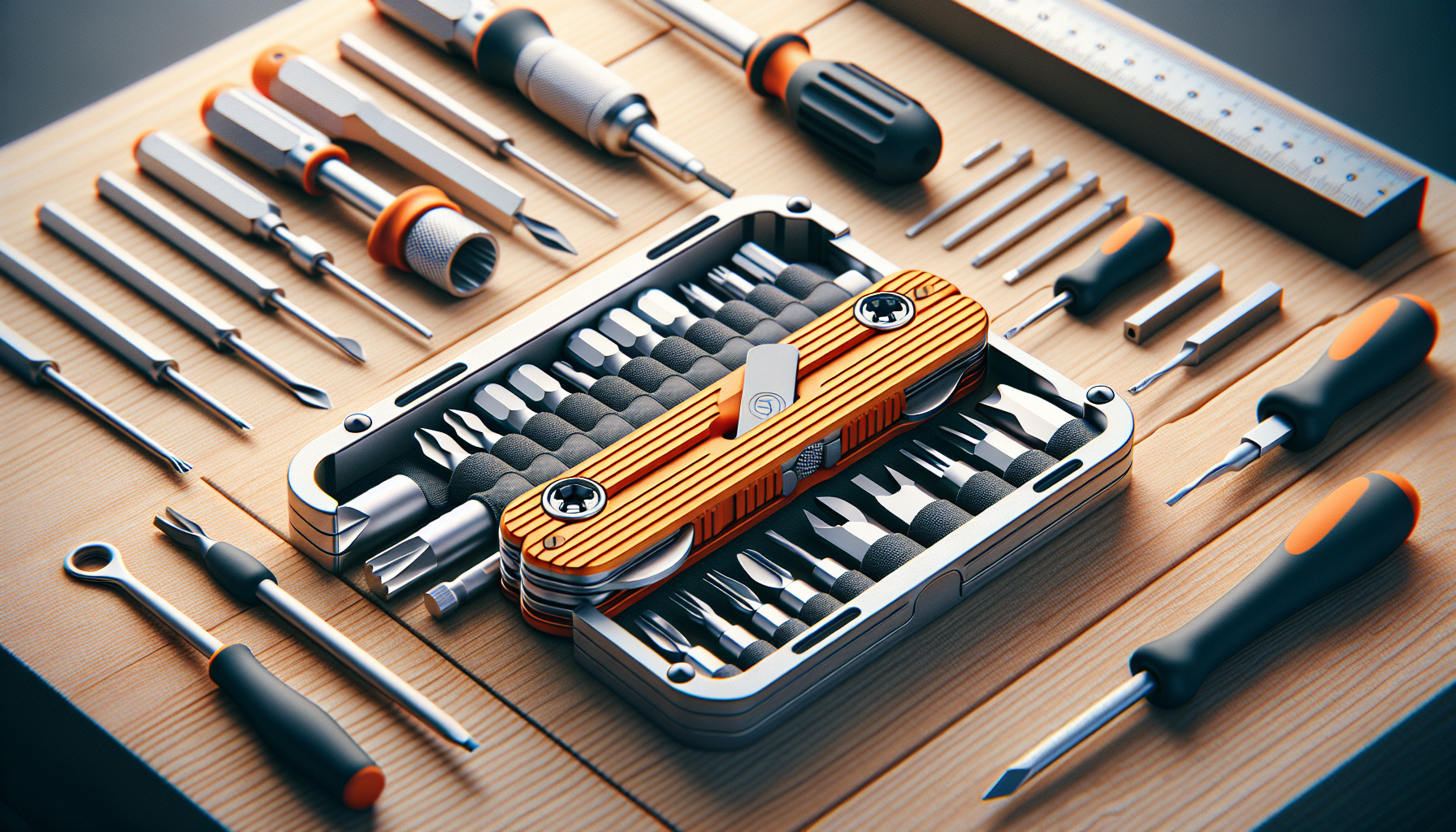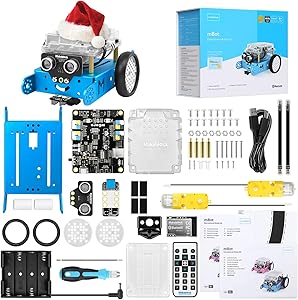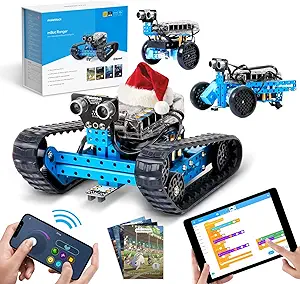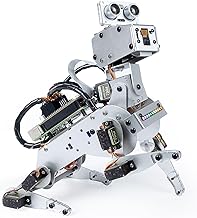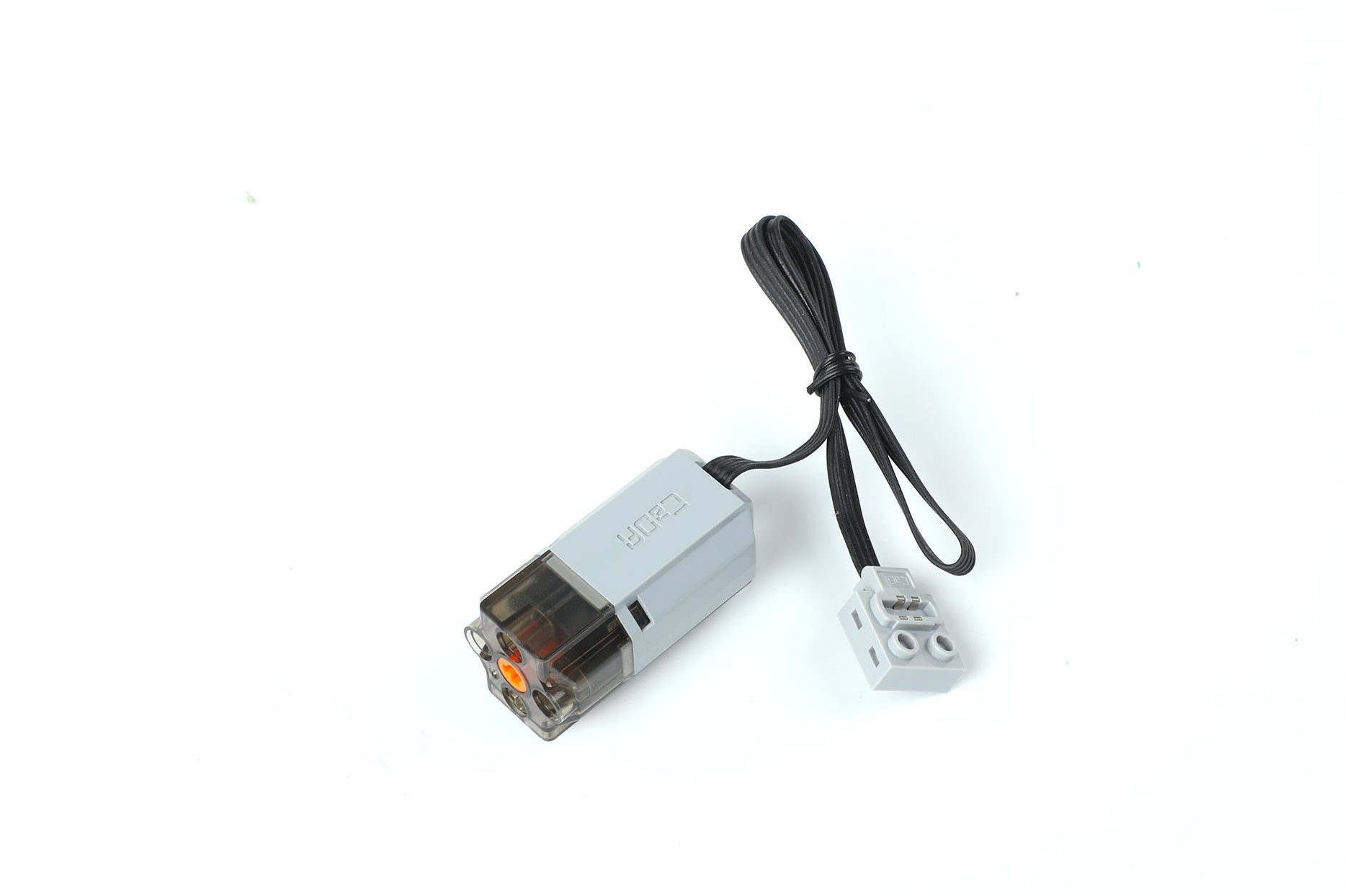Building Your Own AI Companion
The Rise of DIY Robot Kits
Have you ever dreamed of having a robot companion by your side? The trend in DIY robotics has exploded recently, allowing tech enthusiasts and newcomers alike to create their own AI companions. These kits are not just gadgets; they offer a unique blend of education and entertainment, empowering you to learn more about our technological future.
The Appeal of DIY Robot Kits
There’s something incredibly satisfying about building something from the ground up. DIY robot kits give you a hands-on learning experience that traditional education often overlooks. As you dive into the world of AI and programming, you realize that practical knowledge can ignite creativity and innovation. Plus, the DIY community is an ever-expanding space, fostering knowledge sharing and collaborative problem solving.
Imagine building a robot with your friends or family, sharing tips, tricks, and troubleshooting challenges in real time. This empowerment through creativity is contagious, inspiring others to think outside the box.
Featured DIY Robot Kits
SunFounder PiDog
This fascinating kit incorporates 12 servos and boasts AI capabilities controlled through an app, all powered by Raspberry Pi models 4B, 3B+, 3B, and Zero 2W. With realistic dog-like movements, it can wag its tail and respond to touch, achieving impressive interactivity.
One of its standout features is the integration of ChatGPT, allowing your PiDog to engage in conversations and even help solve problems. Users rave about the positive experience of having a ‘happy’ companion. However, building this robot is no small feat, demanding a solid skill level due to approximately 70 assembly steps.
Thames & Kosmos Kai
Meet the six-legged robot that brings machine learning concepts to life. The Kai kit has been recognized as the 2023 Specialty Toy of the Year, highlighting its educational potential. It learns gestures and sounds, enriching the interaction through app-enabled functionality.
The manual not only guides assembly but also engages users in the educational side of robotics. Many have found it entertaining and informative, though some initial assembly challenges should be noted, particularly regarding motor functionality.
Comparative Analysis of the Kits
When comparing these kits, assess the skills each requires and their appropriateness for different age groups. While the SonFounder PiDog may be suited to more seasoned builders, Kai is excellent for ages 10 and up. Both of these kits offer meaningful learning outcomes, equipping users with knowledge in AI, programming, and robotics.
Additionally, community support plays a crucial role. Online forums and social media groups dedicated to DIY robotics can serve as lifelines when troubleshooting, enhancing the overall building experience.
The Future Awaits
<pThe innovative spirit of DIY robotics is a testament to human creativity. These kits not only offer a pathway to learning but also resonate with the innate desire to create something unique. If you're looking for a project that melds fun with education, exploring a DIY robot kit might just be the perfect endeavor. By engaging with these technologies, you’re not just building a robot; you’re stepping into a speculative future filled with possibilities.


